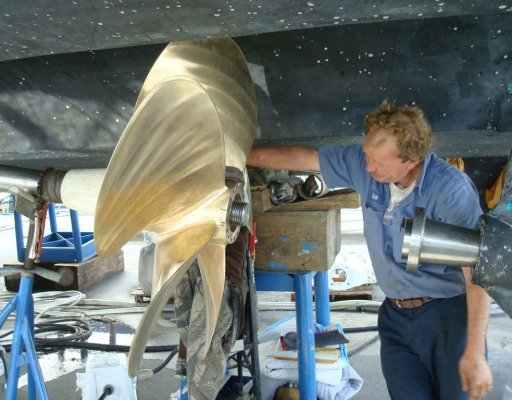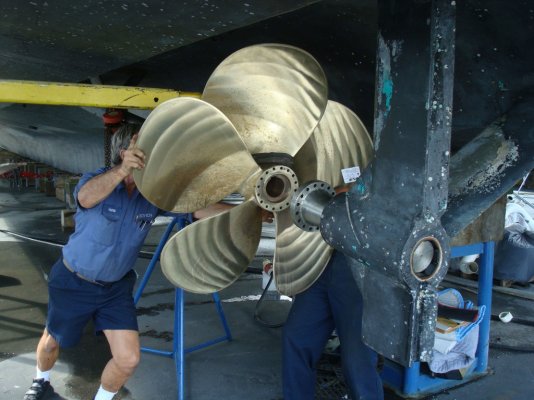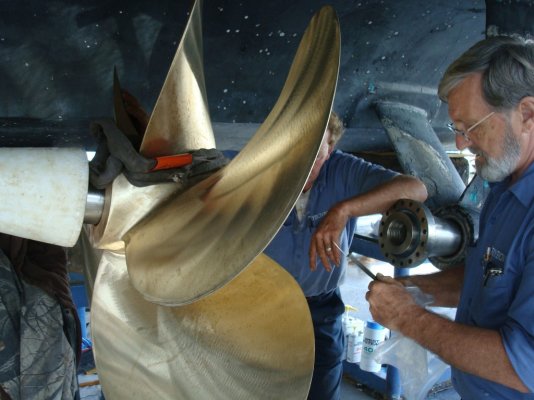Nomad Willy
Guru
On inboard boats I usually put the prop on after cleaning the ID of the prop and the taper of the shaft w acetone. Some say to use never-seize. I did that once and the prop DID come off quite easily. I worry though if the prop, through torsional vibration work (move back and forth) a tiny bit and wear the propeller bore. What do the rest of you do?





